Welcome to Hungerford Bridge Class.
Class teacher: Miss Agyemang
Teaching assistant: Ms Jones
[dropshadowbox align=”none” effect=”lifted-both” width=”auto” height=”” background_color=”#edbaba” border_width=”1″ border_color=”#ba27d8″ ]Homework is set on Google Classroom[/dropshadowbox]
Howard-parents-guide-to-Google-Classroom-
Our learning this week…
[dropshadowbox align=”none” effect=”lifted-both” width=”auto” height=”” background_color=”#dbf6f4″ border_width=”10″ border_color=”#f13013″ ]
English
At Howard Primary School we have adopted Read Write Inc Phonics.
RWI is a method of learning centred round letter sounds and phonics, and we use it to aid children in their reading and writing. Read Write Inc., developed by Ruth Miskin, provides a structured and systematic approach to teaching literacy. It is used by more than a quarter of the UK’s primary schools and is designed to create fluent readers, confident speakers and willing writers.
Using RWI, the children learn to read effortlessly so that they can put all their energy into comprehending what they read. It also allows them to spell effortlessly so that they can put all their energy into composing what they write.
When using RWI to read the children will:
- Learn 44 sounds and the corresponding letter/letter groups using simple picture prompts
- Learn to read words using Fred Talk
- Read lively stories featuring words they have learnt to sound out
- Show that they comprehend the stories by answering questions.
[/dropshadowbox]
[dropshadowbox align=”none” effect=”lifted-both” width=”auto” height=”” background_color=”#dbf6f4″ border_width=”10″ border_color=”#863878″ ]
Maths
This week we will focus on number and place value
Place value is the value of each digit in a number. It is understanding that 56 is made up of 5 tens (50) and 6 ones.
- To use part-whole models to partition numbers
- To understand place value using the expanded form
- To use place value charts for partitioning
- To compare objects
- To compare numbers
To use part-whole models to partition numbers
The part whole model is a way of representing the relationship between a ‘whole’ and its component parts.
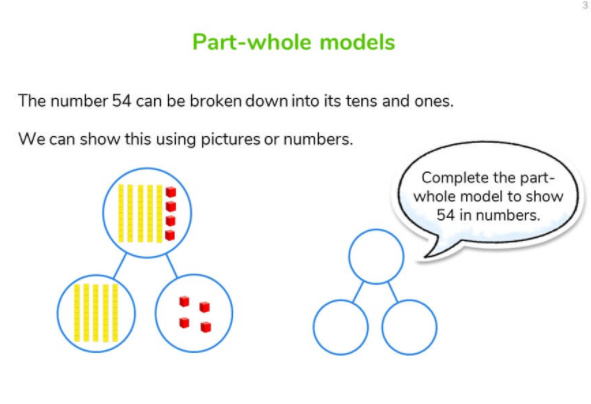
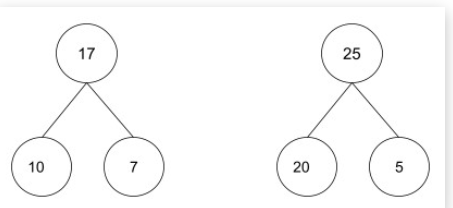
To understand place value using the expanded form
1 ten + 3 ones = 13
20 + 19 = 39

To use place value charts for partitioning
Partitioning numbers means being able to recognise the value of each digit within a number given by its place.
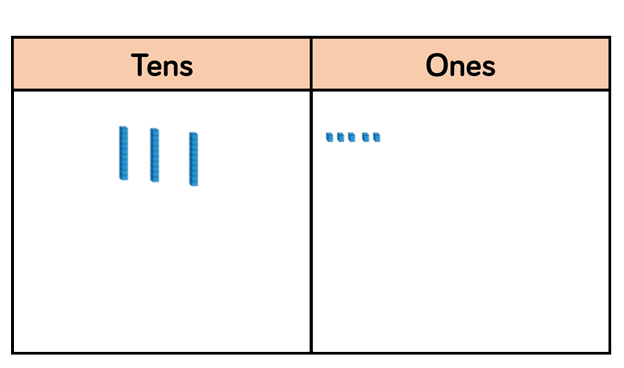
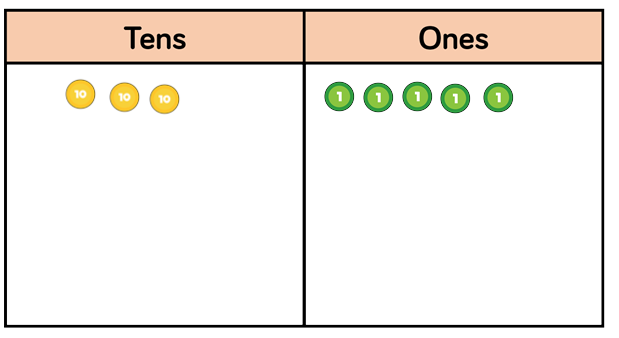
The number represented here is 35. The children will learn that both images represent 35 as there are 3 tens in the tens column.
To compare objects
Classifying and sorting involves finding things that are the same, or alike, and grouping them by specific traits or attributes.
To compare numbers
Co 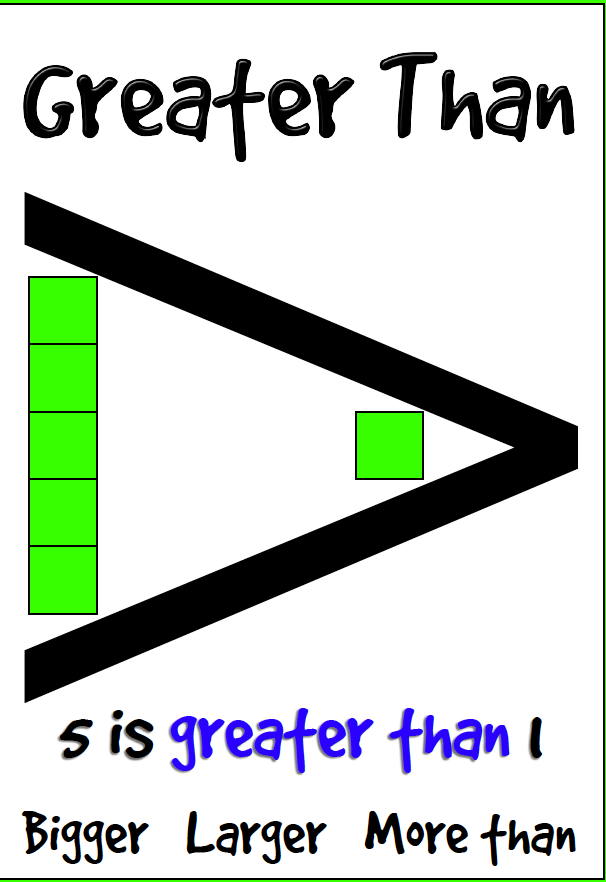
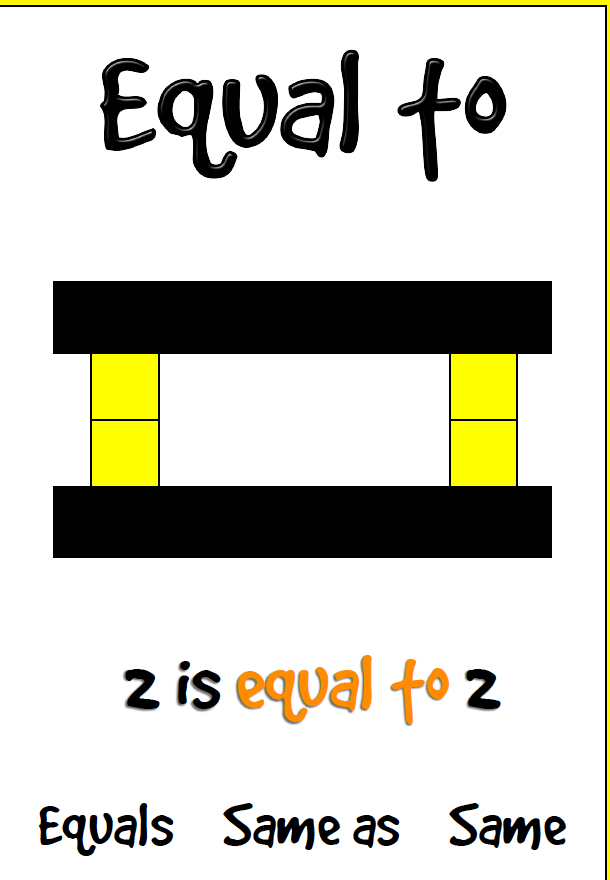
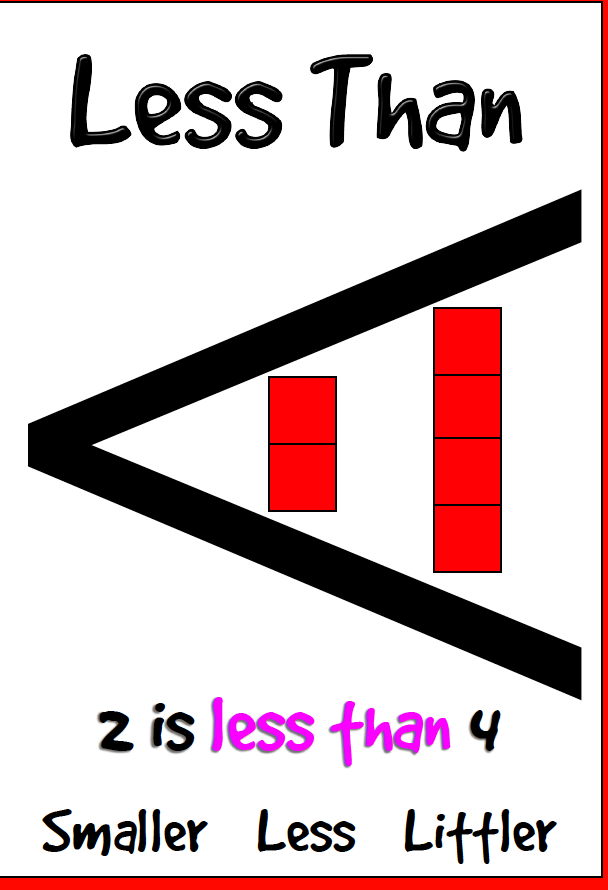
Children can use these symbols to show the compare numbers.
5 > 2 this shows that 5 is greater than 2, and 2 is less than 5.
56 < 67 this shows that 56 is less than 67 as 56 has less tens.
3 + 4 = 7 this show that 3 and 4 is the same as 7.
[/dropshadowbox]
[dropshadowbox align=”none” effect=”lifted-both” width=”auto” height=”” background_color=”#dbf6f4″ border_width=”10″ border_color=”#608638″ ]
Science
We will explore materials and their uses. Children will explore what different items we use daily are made from. For example:
- Knives and forks can be made from metal or wood.
- Chairs can be made from wood.
- Shoes can be made from leather
Each material can be used to make a range of different things; for example, wood can be used to make tables, chairs, spoons, pencils, shoes, doors, floors and many more things. We will also go on a material hunt around the school.
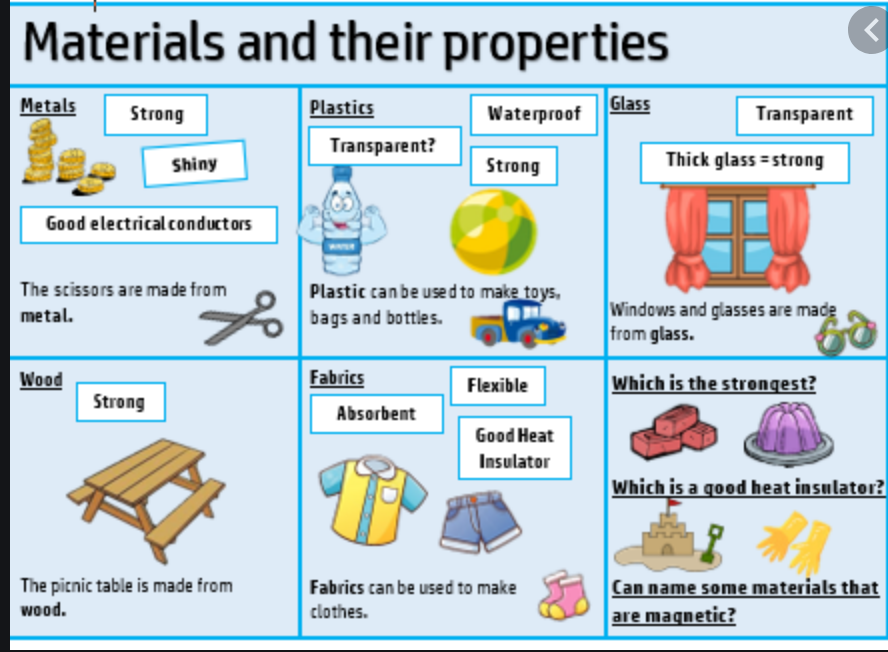
[/dropshadowbox]
[dropshadowbox align=”none” effect=”lifted-both” width=”auto” height=”” background_color=”#dbf6f4″ border_width=”10″ border_color=”#ef1dcd” ]
PE
Please remember to send your child to school in their PE kit on their PE days.
Westminster – Monday & Thursday
Hungerford – Monday & Thursday

[/dropshadowbox]
[dropshadowbox align=”none” effect=”lifted-both” width=”auto” height=”” background_color=”#dbf6f4″ border_width=”10″ border_color=”#ef1dcd” ]
RE
We will focus on things that are special in our lives.
[/dropshadowbox]
[dropshadowbox align=”none” effect=”lifted-both” width=”auto” height=”” background_color=”#dbf6f4″ border_width=”10″ border_color=”#ef1dcd” ]
History
Our topic for this term is ‘The Great Fire of London.’ The children will have an opportunity to learn about life in the 17th century. This week we will compare London 2021 to London in the 17th century. The children will have an opportunity to compare jobs, transport, food and housing.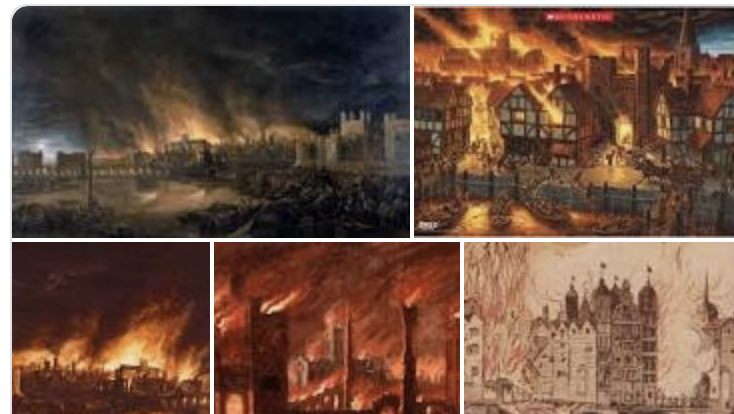
[/dropshadowbox]
[dropshadowbox align=”none” effect=”lifted-both” width=”auto” height=”” background_color=”#dbf6f4″ border_width=”10″ border_color=”#3f9c33″ ]
PSHE
Jigsaw has two aims for all children:
- To build their capacity for learning
- To equip them for life
Jigsaw brings together PSHE Education, emotional literacy, mindfulness, social skills and spiritual development. The topic this term is ‘Being Me in My World.’
LO: To tell you some things that make my class a safe and fair-place.
LO: To say how I feel about my class and why I like it being safe and fair.

[/dropshadowbox]
[dropshadowbox align=”none” effect=”lifted-both” width=”auto” height=”” background_color=”#dbf6f4″ border_width=”10″ border_color=”#e21320″ ]
Reading
When reading with your child at home ask them questions related to their book.
Questions to ask before you read
- Can you look at the pictures and predict what you think will happen in this book?
- What makes you think that?
- What characters do you think might be in our story?
- Do you think there will be a problem in this story? Why or why not?
- Does the topic/story relate to you or your family? How?
Questions to ask during the reading
- What do you think will happen next?
- What can you tell me about the story so far?
- Can you predict how the story will end?
- Why do you think the character did _______?
- What would you have done if you were the character?
- How would you have felt if you were the character? (use different characters)
- As I read____________, it made me picture________ in my head. What pictures do you see in your head?
- As you read, what are you wondering about?
- Can you put what you’ve just read in your own words?
Questions to ask after reading
- Can you remember the title?
- In your opinion, was it a good title for this book? Why or why not?
- Were your predictions about the story correct?
- If there was a problem, did it get solved?
- What happened because of the problem?
- Why do you think the author wrote this book?
- What is the most important point the author is trying to make in his writing?
- What was your favourite part of the story?
- If you could change one thing in the story, what would it be?
- Can you retell the story in order?
- If you were __________, how would you have felt?
- What is the most interesting situation in the story?
- Is there a character in the story like you? How are you alike?
Why did you like this book?
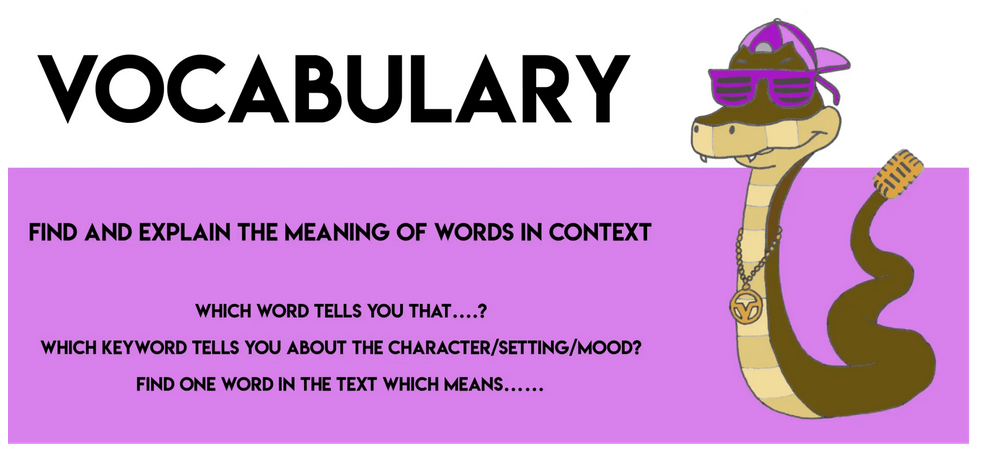
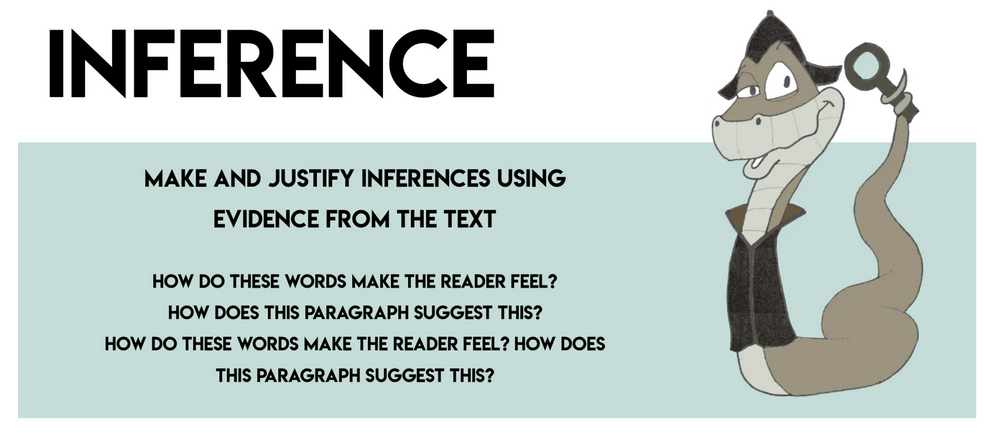
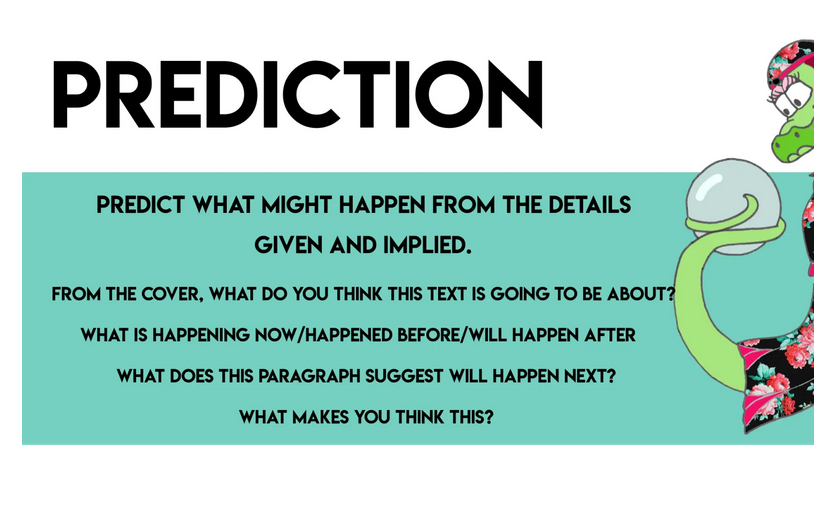
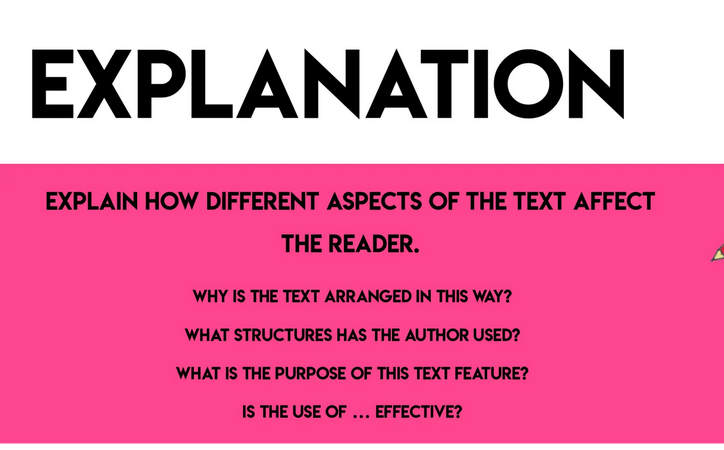
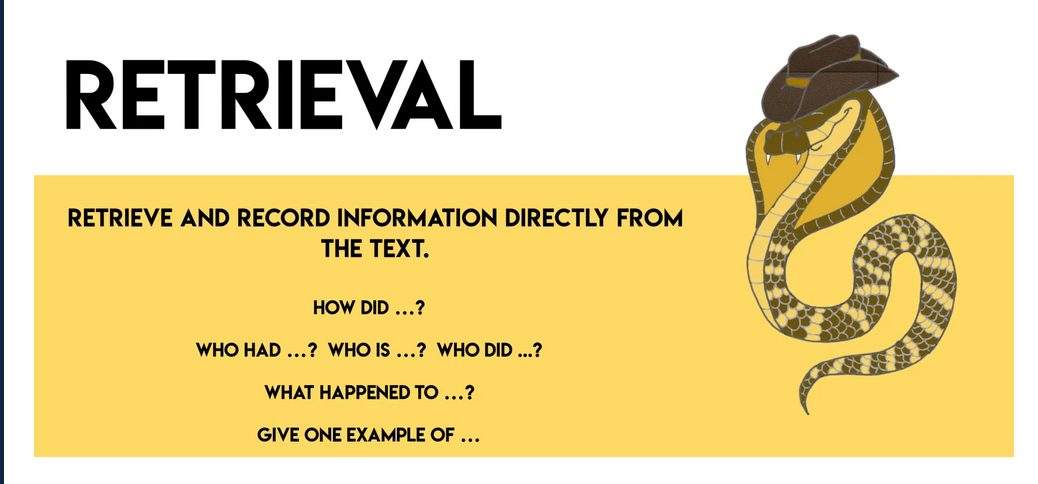
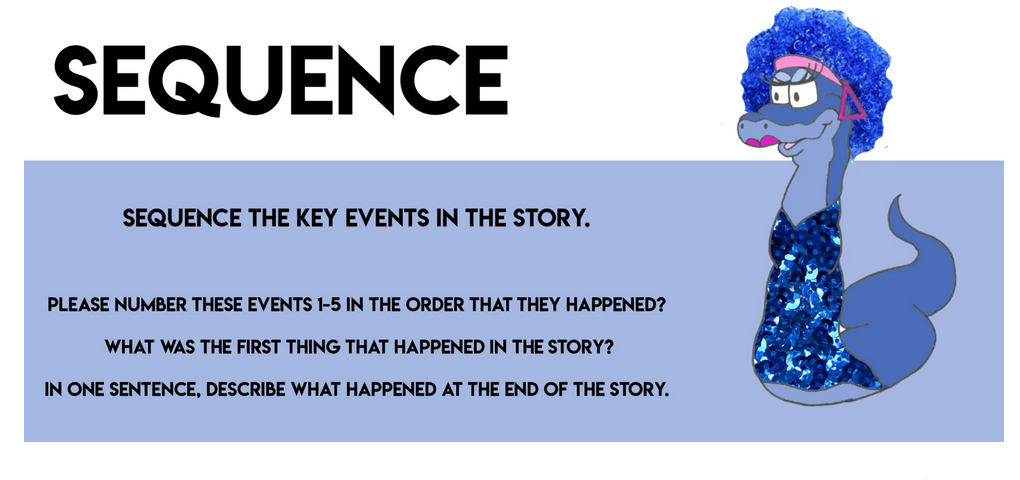
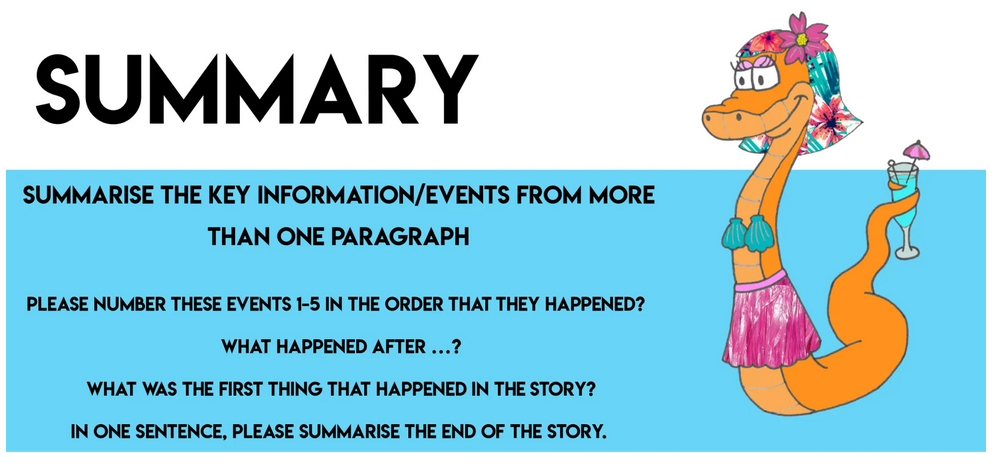
[/dropshadowbox]
[dropshadowbox align=”none” effect=”lifted-both” width=”auto” height=”” background_color=”#dbf6f4″ border_width=”10″ border_color=”#863878″ ]
Mathletics
A big well done to all the children completing their Mathletics. We are so proud. Please continue to complete your activities on Mathletics.
[/dropshadowbox]
[dropshadowbox align=”none” effect=”lifted-both” width=”auto” height=”” background_color=”#dbf6f4″ border_width=”10″ border_color=”#868878″ ]
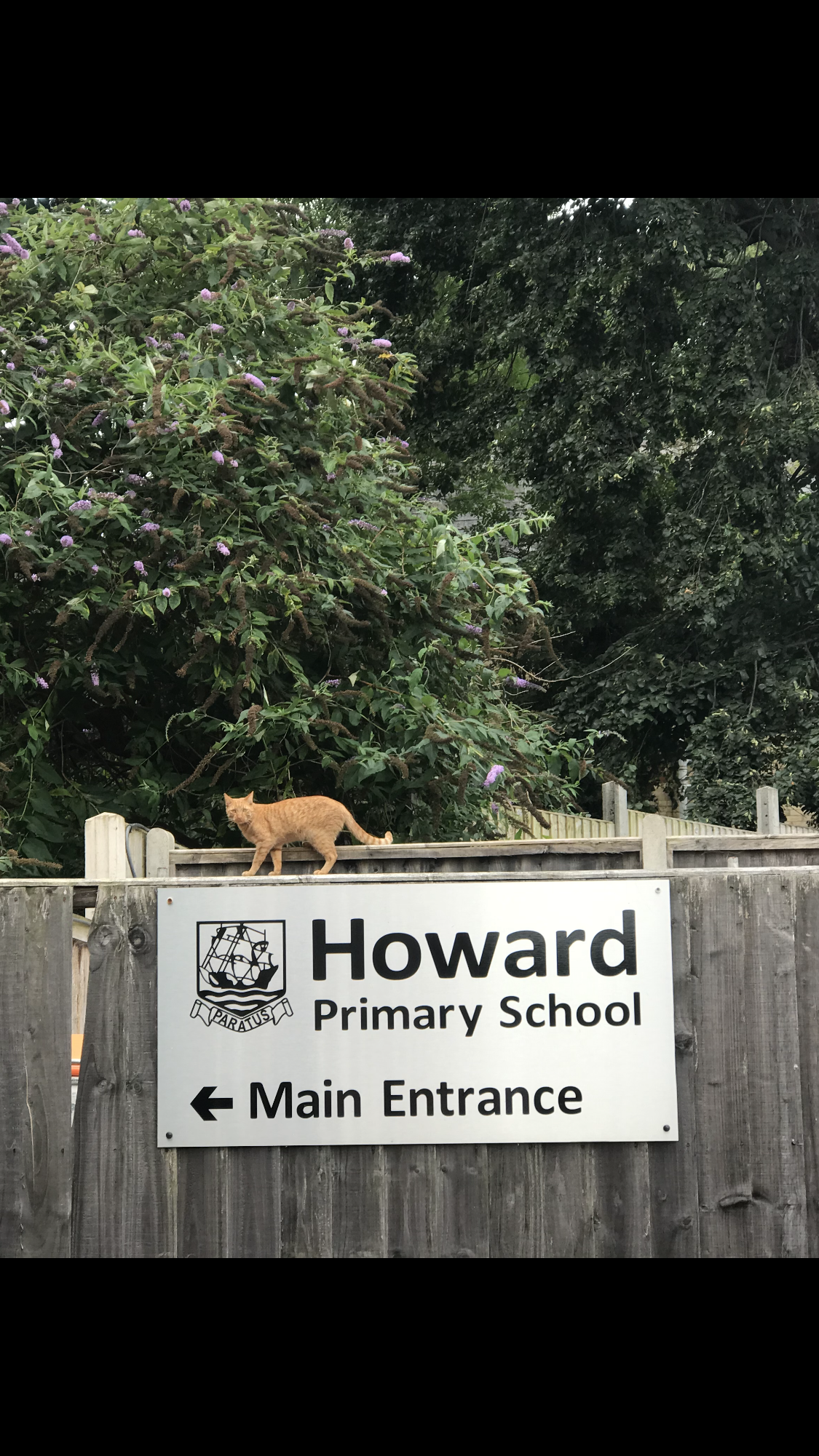 DO YOU LIKE CHANGE?
DO YOU LIKE CHANGE?
It’s almost the first day of a new term. It’s a change: new daily routine, new bedtime routine, lots of things to remember: school bag, uniform, packed lunch.
It can be daunting for pupils and families so why not try one of the following tips?
When does school start?
Monday, September 6th.
That’s easy you might say , but what if you find reading time a bit confusing? Or if you need that little bit of extra practice to get ready ?
Sounds familiar? Try a countdown visual!
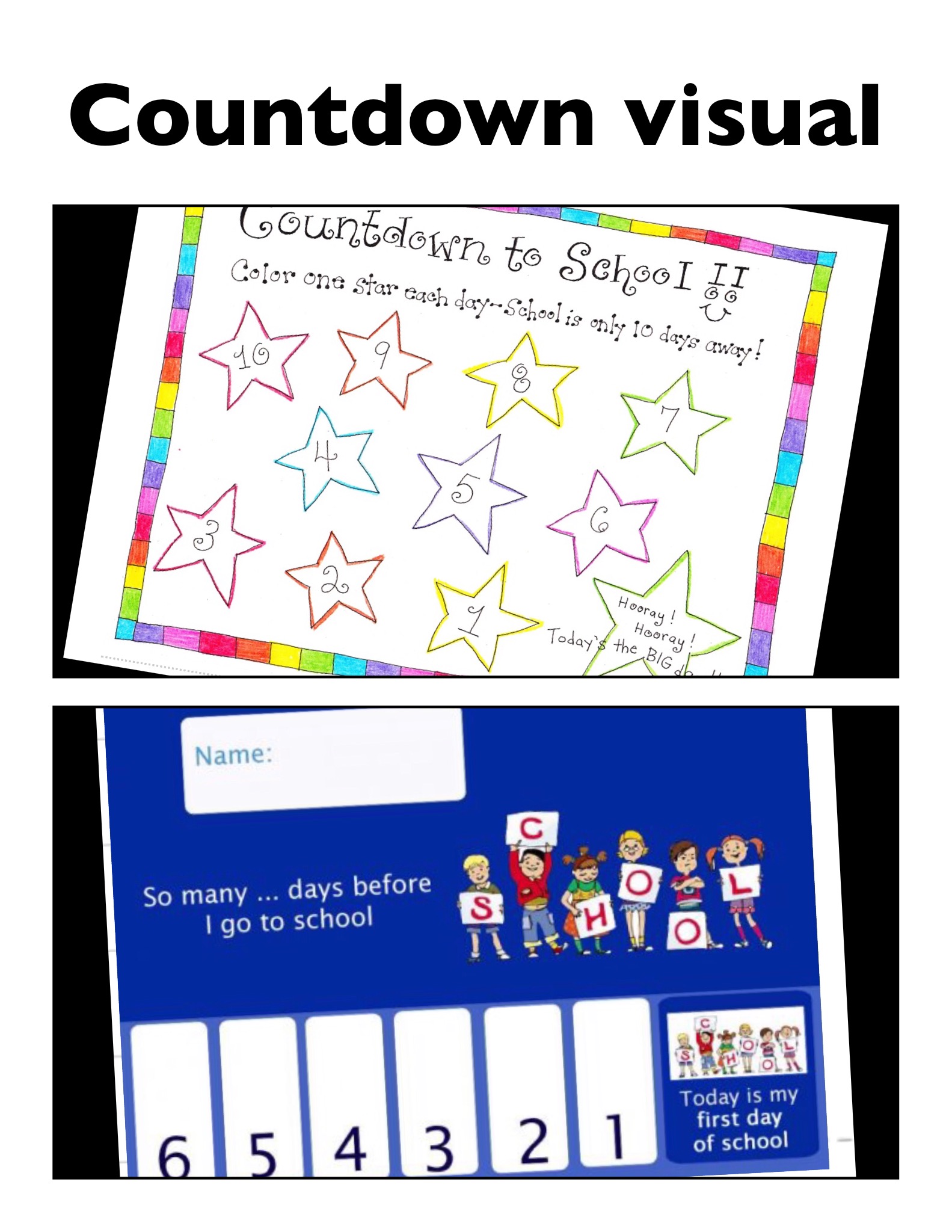 You can draw one, you can use a paper calendar, an electronic calendar or you might want to check out this website:
You can draw one, you can use a paper calendar, an electronic calendar or you might want to check out this website:
https://www.free-reward-cards.com/free-countdown-calendars/
UNIFORM
It might be the first time you have to wear your Howard School’s uniform. Or you might be an old hand at it but…sometimes it all goes back to front! And how do you tell right shoe from left shoe?! It’s mind boggling!
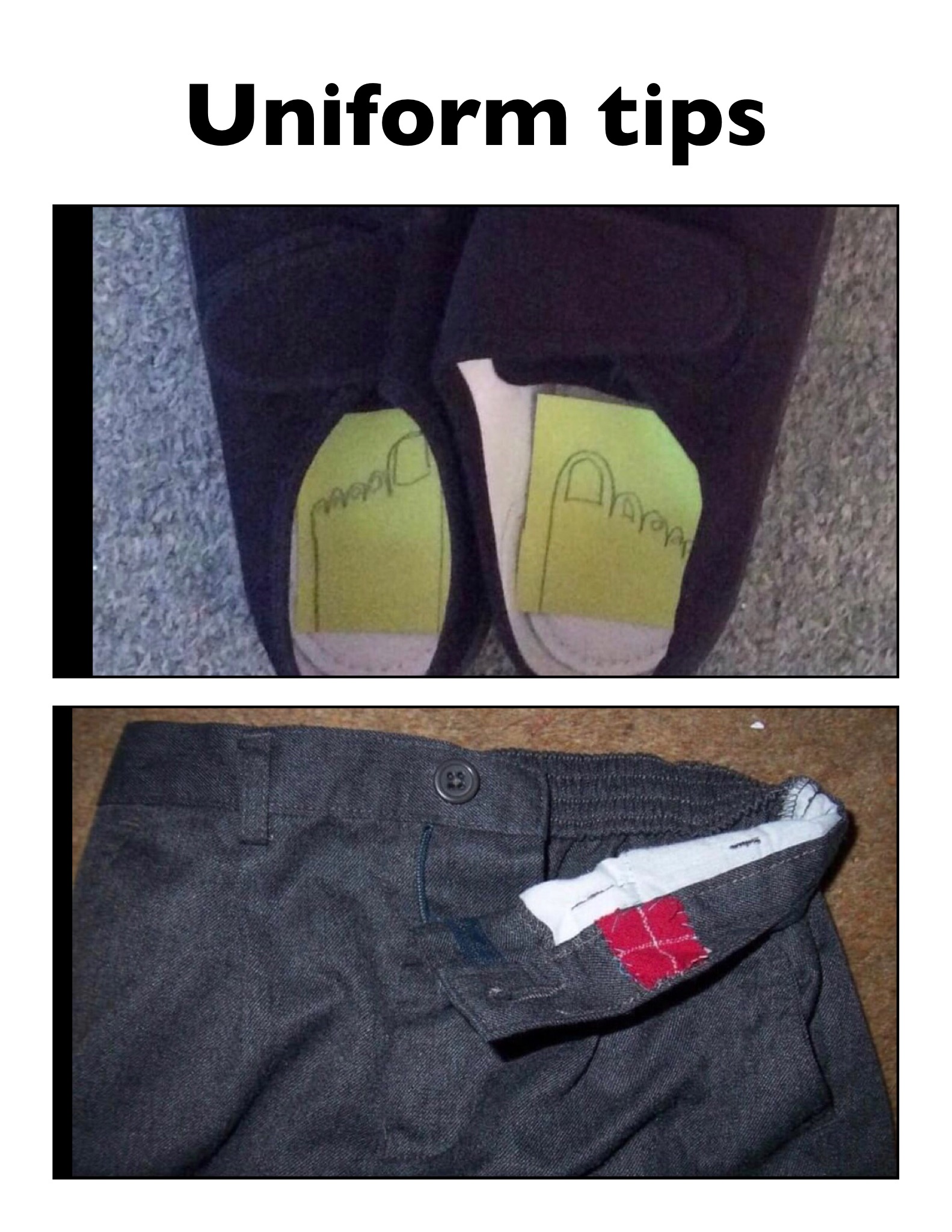
Try out one of these tips and see how you get on! You can make a visual for right and left foot like in the picture.
Put a red mark, sticker, patch on the front of the trousers/skirt so you can see it when you button up your trousers/skirt; it will be much easier to remember back/front.
PACKED LUNCH
Not too keen on the lunch hall? Worried about not finding your lunchbox? Not too sure how to open the lid of your new lunch box?
Well, you are not the only one! Playing the Packed Lunch Game might help you gain confidence. Have a look at the picture below with your Parents/Carers and have a go!
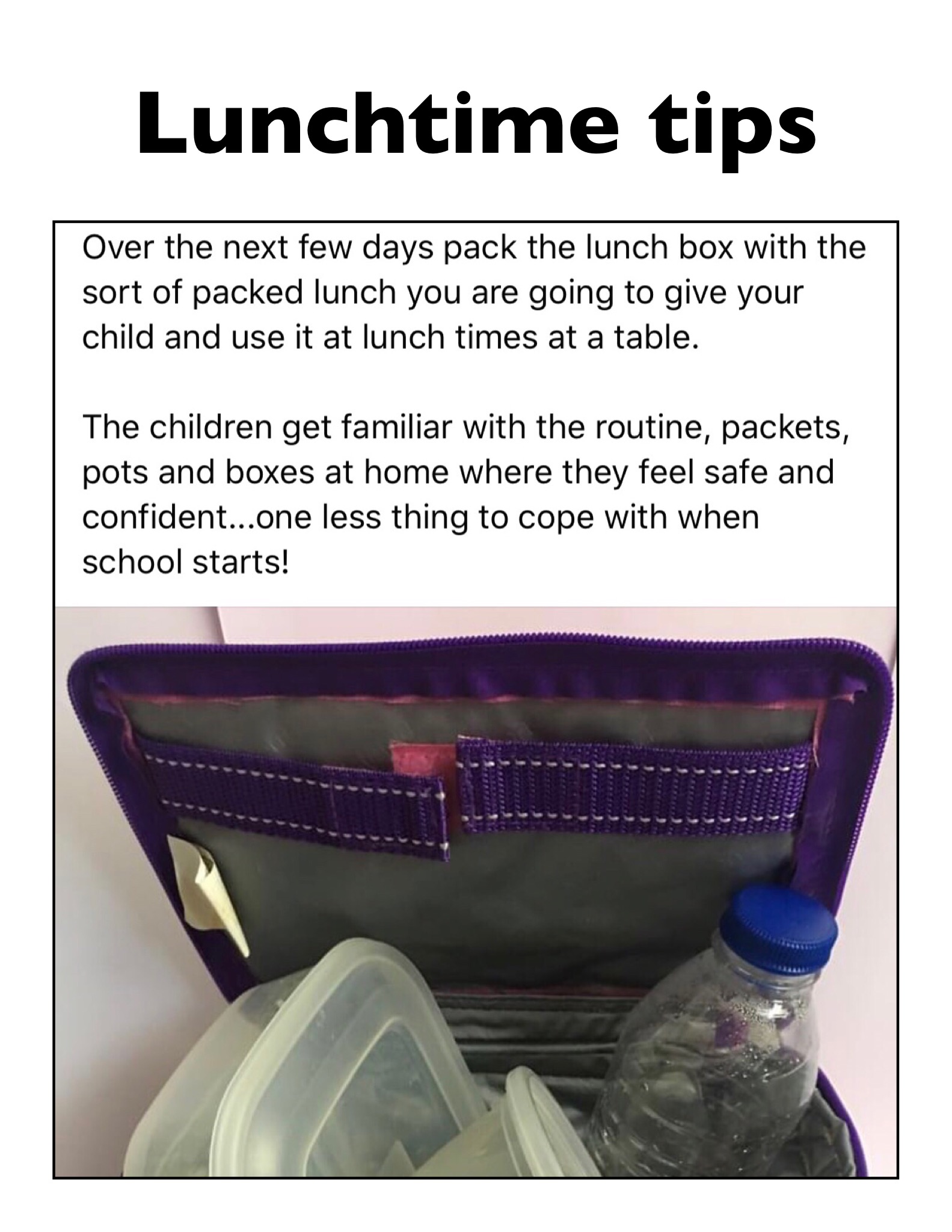
SLEEP
Do you find yourself taking a long time to fall asleep? Worried about not getting enough sleep? Try one of the tips in the picture below. It might help you feeling more in control of your sleep pattern.
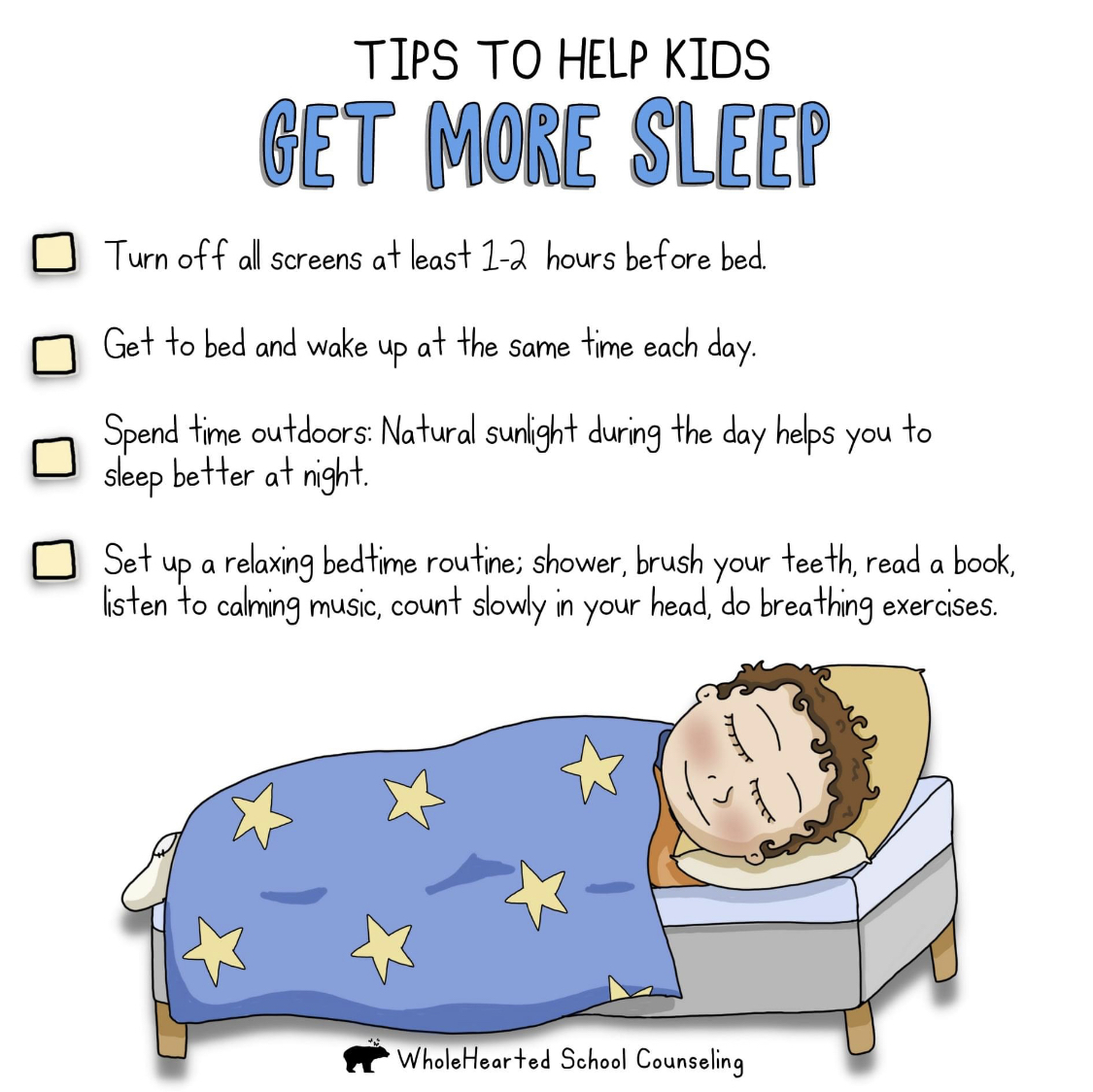
I hope that you will enjoy trying these tips and I look forward to seeing you in school on Monday, September 6th. Everything will be fine and you will be ready for a year full of learning, new experiences and playing.
Mrs Pollington
?

